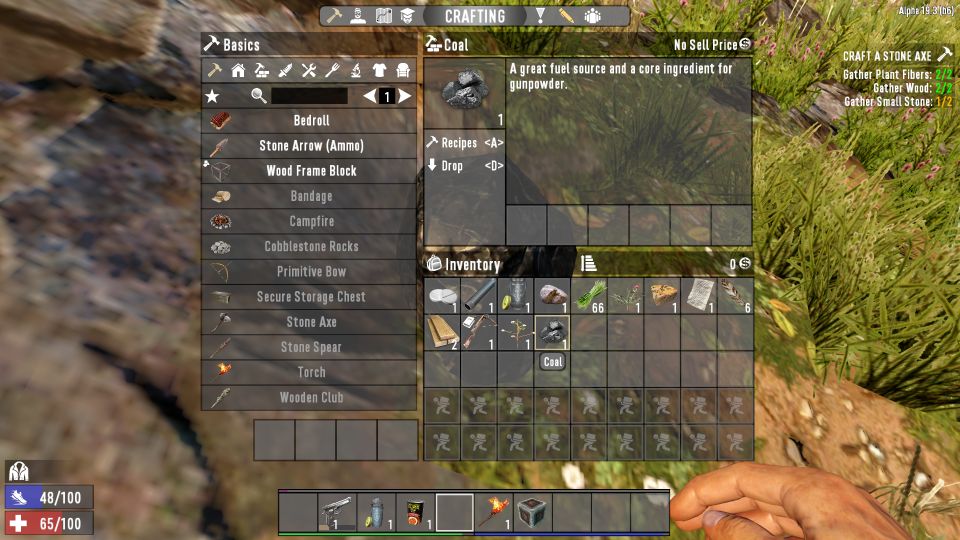

A timber and mineral developer in Michigan, he visited Svalbard on holiday in 1901 and was inspired by coal prospectors he met. Longyearbyen is, of course, named after the American John Munro Longyear, one of two co-founders of the Arctic Coal Company in 1906 that was the area’s first successful industrial coal operation. Some tales are well-known to those with even a cursory knowledge of Svalbard. And once enterprising souls began moving in force from sea to shore in the latter half of the 19th century in search of opportunities, studies shifted to what minerals might be extracted profitably. All areas where Svalbard today is at the forefront of polar research.

The whaling expeditions of the 17th and 18th centuries brought researchers who made landmark discoveries involving oceanography, climate and species behavior. The first expedition involving scientific research was by Russians in 1764 looking for a northern shipping route to Asia (which they and other countries are now looking at again as climate change shrinks the Arctic ice sheet). Those tales are driven by seekers of knowledge and adventure in addition to riches – and the similarities between some of the first arrivals and those today are remarkably similar. And they resulted in more than a century of boom-and-bust mining cycles that at times caused entire settlements to vanish in the blink of an eye. They are associated with some of Norway’s deadliest accidents and worst political scandals. They helped make the archipelago a target during World War II. They were the primary reason for the establishment of the Svalbard Treaty. Those black lumps have literally fueled virtually all economic activity in Svalbard beginning with the whalers in the 1600s who burned it on their ships, to the local kids today who sell chunks to tourists on sidewalk stands. A resource that since the late 1800s has changed the tiny settlements in Svalbard from a rough society of explorers into the modern age. But nearly all of those efforts have been aided by another natural resource. This took expeditions ever further north into uncharted territory where an unexpected result was the discovery of new scientific truths that now may be among those most critical for humanity’s future. First was the hunting of whales and other animals. Fame and fortune have been won (and lost) for half a millennium in Svalbard.


 0 kommentar(er)
0 kommentar(er)
